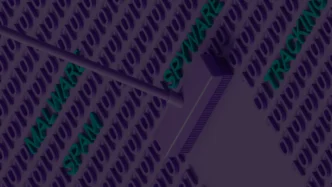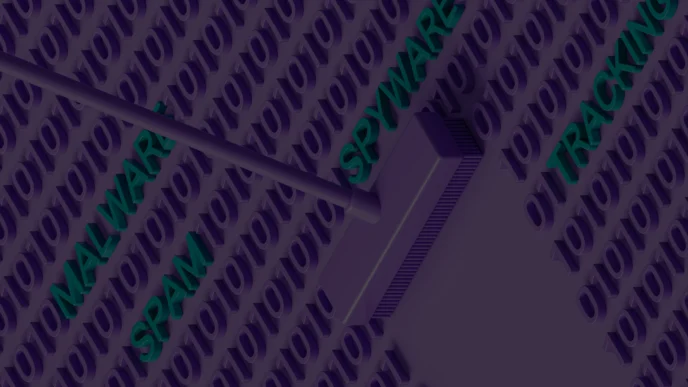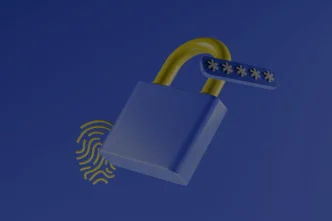Quantum cryptography, a revolutionary approach to secure communication, leverages the principles of quantum mechanics to enhance encryption. While it is often touted as “unbreakable,” this claim requires nuance. Quantum cryptography, particularly Quantum Key Distribution (QKD), ensures eavesdropping detection but does not guarantee absolute security due to implementation flaws, side-channel attacks, and trust issues in end nodes. This article explores the current state of quantum cryptography, its challenges, recent advancements, and when it might become a widespread reality.
What Is Quantum Cryptography?
Quantum cryptography uses quantum mechanics to secure data transmission. Unlike classical encryption, which relies on mathematical complexity, quantum cryptography is based on the principles of quantum superposition and entanglement. The most well-known application is Quantum Key Distribution (QKD), which allows two parties to generate a shared, secret key with security guaranteed by the laws of physics.
QKD ensures that any attempt to eavesdrop on the communication alters the quantum state of the particles, alerting the parties to the presence of an intruder. However, it is important to note that QKD is not the only form of quantum cryptography. Other approaches, such as quantum secure direct communication (QSDC) and quantum digital signatures, are under development but are less mature and not yet widely implemented.
Current State of Quantum Cryptography
Quantum cryptography has moved from theoretical research to practical applications in recent years. Several companies and governments have implemented QKD systems for secure communication. For example:
- China launched the Micius satellite in 2016, achieving intercontinental QKD between Beijing and Vienna.
- Toshiba and ID Quantique have developed commercial QKD systems for enterprise use.
- The European Quantum Communication Infrastructure (EuroQCI) initiative aims to deploy a secure quantum communication network across the EU by 2027.
Despite these advancements, quantum cryptography remains niche due to high costs, technical limitations, and the lack of a quantum internet infrastructure.
Challenges to Mainstream Adoption
Several barriers must be overcome before quantum cryptography becomes mainstream:
- Cost and Complexity: QKD systems require specialized hardware, such as single-photon detectors and quantum repeaters, which are expensive and difficult to maintain.
- Distance Limitations: Current QKD systems are limited to a few hundred kilometers due to photon loss in optical fibers. While research has demonstrated QKD over 600 km in laboratory settings (e.g., Toshiba’s high-speed QKD experiment in 2023), practical deployment remains under 100 km without trusted nodes. Quantum repeaters, which could extend this range, are still in the experimental stage and not yet ready for widespread deployment.
- Integration with Existing Infrastructure: Quantum cryptography must be compatible with classical communication networks, which requires significant upgrades.
- Quantum Computing Threat: While quantum cryptography is secure against classical and quantum attacks, the rise of quantum computers could render classical encryption obsolete, creating a race to deploy quantum-safe solutions. However, Post-Quantum Cryptography (PQC) is a more immediate solution for mitigating quantum threats to existing encryption, as QKD only secures key exchange and not general encryption.
Recent Advancements and Breakthroughs
The field of quantum cryptography is evolving rapidly, with several breakthroughs in recent years:
- Quantum Repeaters: Researchers have made progress in developing quantum repeaters, which could extend the range of QKD systems to global scales. However, practical quantum repeaters remain experimental and are not yet widely deployed.
- Satellite-Based QKD: Projects like China’s Micius satellite demonstrate the feasibility of space-based quantum communication.
- Post-Quantum Cryptography: While not strictly quantum cryptography, post-quantum algorithms are being developed to secure classical systems against quantum attacks.
In 2023, a team at the University of Science and Technology of China achieved a QKD distance of 1,200 kilometers using a satellite, setting a new record. Similarly, researchers at Toshiba Europe demonstrated high-speed QKD over 600 kilometers of optical fiber, showcasing the potential for scalable deployment.
Expert Opinions on Mainstream Adoption
Experts are divided on when quantum cryptography will become mainstream. Some, like Dr. John Preskill of Caltech, believe that practical quantum networks could emerge within the next decade, driven by advancements in quantum repeaters and satellite technology. Others, such as Dr. Michele Mosca of the University of Waterloo, caution that widespread adoption may take 20-30 years due to technical and economic hurdles.
A 2023 report by McKinsey & Company estimates that the quantum communication market could reach $20 billion by 2030, driven by demand from governments, financial institutions, and healthcare providers. However, the report also highlights the need for significant investment in infrastructure and standardization.
When Will Quantum Cryptography Become Mainstream?
The timeline for mainstream adoption depends on several factors:
- Technological Maturity: Breakthroughs in quantum repeaters, satellite QKD, and quantum-resistant algorithms are critical.
- Infrastructure Investment: Governments and private sector players must invest in building quantum communication networks.
- Regulatory Support: Standardization and regulatory frameworks will play a key role in accelerating adoption.
While small-scale deployments are already underway, widespread adoption is unlikely before 2030. However, as quantum computing advances and the threat to classical encryption grows, the urgency to adopt quantum cryptography will increase.
Conclusion
Quantum cryptography represents the future of secure communication, offering unparalleled protection against cyber threats. While significant challenges remain, recent advancements and growing interest from governments and industry suggest that mainstream adoption is on the horizon. The next decade will be critical in determining whether quantum cryptography transitions from a cutting-edge technology to a cornerstone of global cybersecurity.














